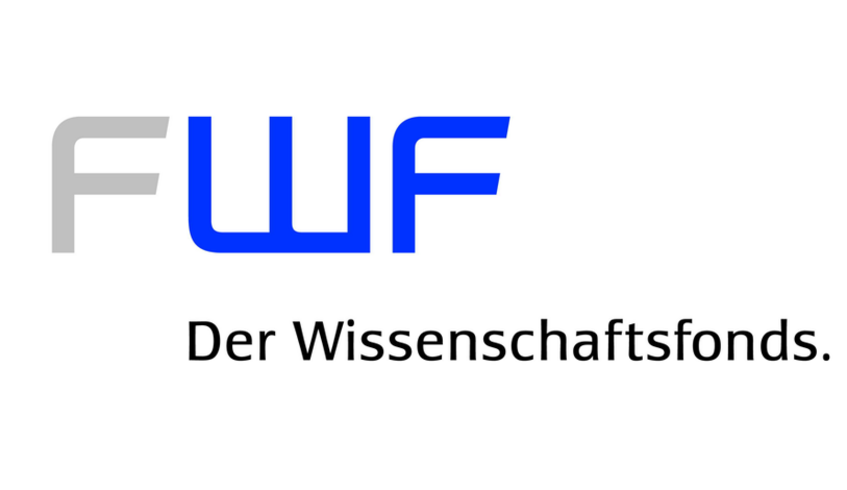Persian Art in Vienna, 1900-1945:
The Shifting of Objects, Images and Ideas in Central Europe
FWF Lise Meitner Programme (M 2428-G25)
Project Leader: Dr. Yuka Kadoi
Co-applicant: Prof. Dr. Markus Ritter
This research project, entitled “Persian Art in Vienna, 1900-1945: The Shifting of Objects, Images and Ideas in Central Europe”, intends to conduct an in-depth study of the mechanisms of collecting, trading, displaying and interpreting of what was then known as Persian (i.e. modern-day Iranian and West Central Asian) art in Vienna in the period between 1900 and 1945. With the focus on the role of Central Europe, the proposed project considers factors and protagonists in the reshaping of the images of Persian art in the early twentieth century, ranging from scholars, curators, collectors to public events, such as exhibitions and congresses. It investigates the intricate history of exchanging and sharing Persian objects and their itineraries of multi-way movement at both physical and intellectual levels, as well as the shift of Persian art markets, collections and scholarship from Vienna to the rest of the world. Furthermore, the current research project dwells upon a historiographical question as to how the dissemination process of information, such as reproductions and publications, was interrelated with the creation of connoisseurial and scholarly canons of what we came to categorise as “Persian” art of medieval and early modern periods, before it was merged into an umbrella term “Islamic” art, together with other sub-categories of Middle Eastern art after the seventh century, namely the arts of the Arabs and the Turks.
The project addresses the following research questions: how objects from the Persian world were acquired, collected and interpreted according to the requirements of a particular time and society during the early twentieth century; what was the role of scholars, curators, collectors and art dealers in the formation of Persian art collections in major public and private collections located in Vienna, versus the major cultural capitals of Western Europe at that time, such as London and Paris; more importantly, how such collections were established not only within the contexts of the Habsburgs but also from trans-regional perspectives; what sort of objects were shared by which collections at the same time; which collections remained unaffected under their initial ownership or vanished—either destroyed or found their way to a new destination; how or through whom the objects reached different destinations; how the international network of Persian art dealing was established and how this affected the core of Persian art scholarship.
Locating its research basis in Vienna, the project will be the first attempt to contextualise the historiographical background of Persian art history in early twentieth-century Central Europe, an approach that remains unexplored in comparison with the scholarly foundation of non-western art history in Western Europe during the nineteenth century.
PERSIAN ART: THE SHIFTING OF OBJECTS, IMAGES AND IDEAS IN EARLY 20TH CENTURY CENTRAL EUROPE
Workshop, October 29th - 30th, 2021







